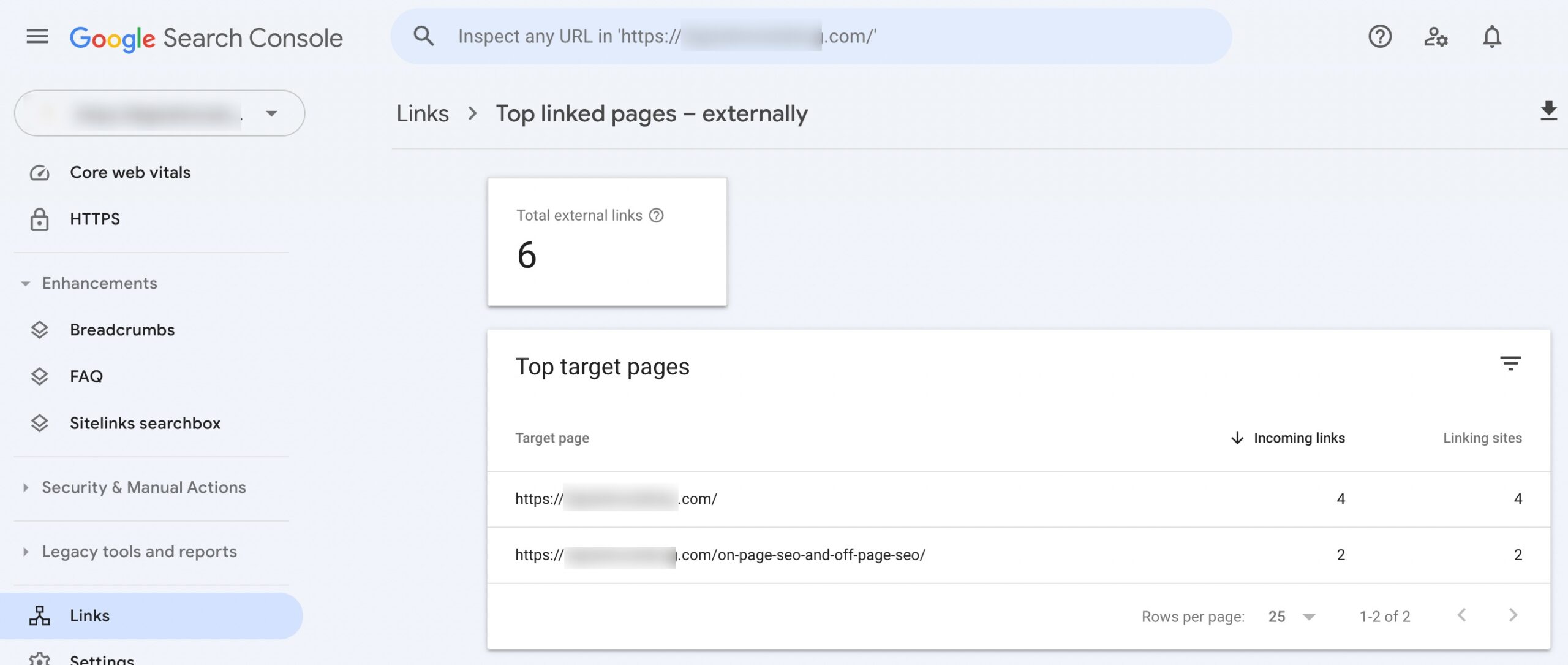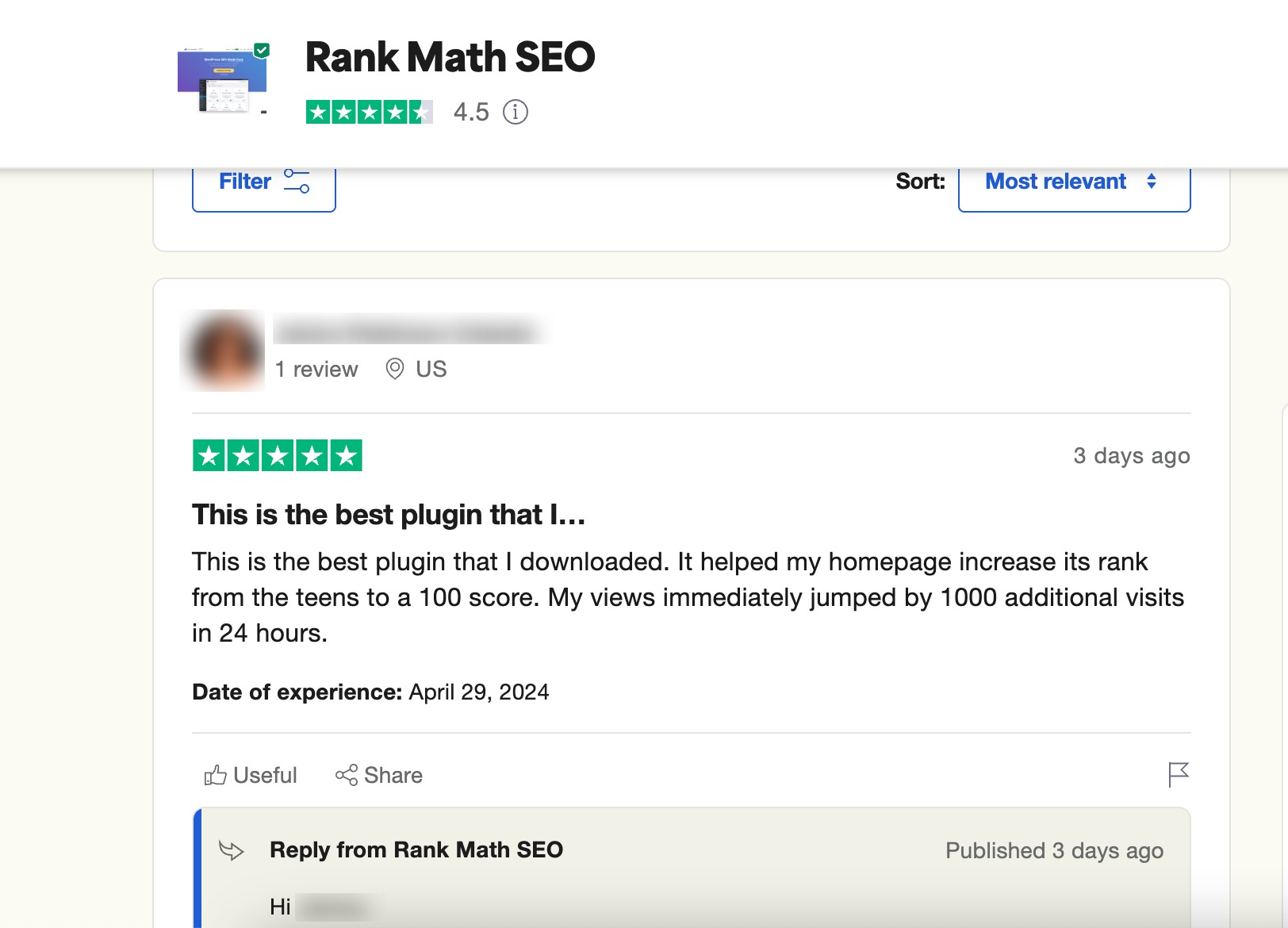Nowadays, ranking on the first page of a Google search is a significant achievement, requiring careful keyword research, content development, social strategy, campaign measurement, and on-site optimization.
Unfortunately, some choose not to make the effort or investment to develop their websites properly. Instead, they opt for shortcuts—negative SEO tactics—to undercut honest competition and secure top spots through deceit.
Negative SEO has become a pressing concern as search algorithms evolve and competition intensifies.
In this post, we’ll discuss everything you need to know about negative SEO. So, without any further ado, let’s get started.
Table Of Contents
1 What is Negative SEO?
Negative SEO refers to the deliberate use of unethical tactics to harm a competitor’s website’s search engine rankings and online reputation.
These tactics can include creating spammy backlinks, duplicating content, hacking into websites, or spreading false information.
The ultimate goal is to manipulate search engines to penalize the targeted website or make it appear less trustworthy to the audience.
2 How to Avoid and Fix Common Types of Negative SEO Attack
Let us now discuss the types of negative SEO attacks and ways to recover from them.
2.1 Spammy Link Building
Spammy link building involves creating many low-quality or spammy backlinks pointing to the target website. These links may come from irrelevant sources and can trigger search engine penalties, leading to a drop in rankings for the targeted site.
Tools like Google Search Console, Ahrefs, etc., can help pinpoint spammy or low-quality backlinks, which often originate from irrelevant or suspicious sources.

Creating a disavow file is necessary for those backlinks that cannot be manually removed.

This file contains the URLs or domains of the remaining harmful backlinks and is then uploaded to Google’s Disavow Links tool in Google Search Console, which indicates that Google should not consider these links when evaluating the site’s ranking.
2.2 Content Scraping
Content scraping means copying content from the target website and publishing it on other websites without permission. This can result in duplicate content issues, causing search engines to devalue the original site’s content and potentially penalize it for plagiarism.
To fix content scraping, you first need to identify instances where your content has been scraped.
If you suspect that some of your URLs may have been affected by content scraping, you can verify their status in the Google Search Console. Look for a Google-selected canonical. You can find it by pasting the URL into the Google Search Console address bar.

You’ll want to see the Inspected URL there. This indicates that Google considers the inspected URL as the most authoritative version of the content.
If you see another internal URL there, you have a duplicate content issue. If you see an external URL there, it’s likely a sign of negative SEO.
This is time-consuming if you have multiple pages. You can then use tools like Copyscape that’ll help you find websites that have copied your content. Once you’ve identified the scraped content, you can take several actions to address the issue.
Firstly, you can reach out to the website owner and request that they remove the copied content or give proper attribution with a link back to your original source.
If contacting the website owner doesn’t work or if you’re dealing with multiple instances of scraping, you can submit a Digital Millennium Copyright Act (DMCA) takedown request to the web host or search engines.
2.3 Hacking and Malware Injection
Hackers may attempt to gain unauthorized access to the target website’s server or content management system (CMS). Once inside, they can inject malicious code, delete content, or make other harmful changes that negatively impact the site’s performance and security.
To check if you have any security issues, navigate to the Security issues tab in Google Search Console. If there are no security issues, you’ll see the below message.

If there are any security issues, you need to fix them immediately.
Ensure that your website’s software, including CMS (e.g., WordPress, Joomla) and plugins, are up to date. Hackers often exploit vulnerabilities in outdated software, so regularly updating them helps prevent future attacks.
Change all passwords associated with your website, including admin accounts, FTP accounts, and database logins. Use strong, unique passwords to reduce the risk of unauthorized access.
Refer to our dedicated tutorial on securing a website to keep your website secure and protected from threats.
2.4 Fake Reviews
Negative SEO attackers may leave fake negative reviews or ratings on review platforms, business directories, or social media profiles associated with the target website. These fake reviews can damage the website’s reputation and credibility, potentially losing trust and customers.

Google’s rich snippets can display ratings and review metrics directly in the SERP, grabbing audiences’ attention and influencing their perceptions positively or negatively.
If the audience encounters poor review ratings for you business in the SERPs, it can have a negative influence on their purchasing decisions.
For local businesses like restaurants, customers often research them on platforms such as Google Business Profile, Yelp, TripAdvisor, and other local review services.

While these platforms aim to maintain objectivity and neutrality in their reviews, they can still be vulnerable to manipulation.
Monitor review platforms and social media regularly for suspicious reviews or ratings. Look for patterns such as multiple reviews posted in a short period, similar language or content across reviews, or reviews that seem overly positive or negative.
If you come across fake reviews on review platforms, it’s important to report them. This is used to report reviews that are found in Maps listings. However, these platforms might not remove them right away since the process can be slow. If the problem is urgent, try to get in touch with someone from the review platform.
2.5 Smear Campaigns
Smear campaigns are another type of negative SEO that involves spreading false or damaging information about a business or individual to harm their reputation and credibility.
These campaigns can take various forms, such as posting negative reviews, spreading rumors, or creating fake social media profiles to discredit the target.
For instance, in 2019, Spotify filed a complaint with the European Commission, causing Apple of anticompetitive behavior by unfairly promoting its own music streaming service, Apple Music, and restricting rivals like Spotify.

Regularly monitor online mentions of your business or personal brand across various platforms, including search engines, social media, and review sites. This will help you identify any negative content or campaigns targeting you.

If you encounter content that violates the platform’s terms of service (e.g., fake reviews or harassment), report it to the platform’s moderators or administrators. Many platforms have mechanisms in place to deal with abusive or malicious content.
2.6 Unauthorized Hotlinking
Hotlinking, also known as inline linking or leeching, is a negative SEO tactic where someone links directly to images or other multimedia files hosted on your website from their own website, without your permission.
This can consume your website’s bandwidth and resources, leading to increased server costs and potentially slowing down your website’s performance.
You can prevent hotlinking by adding the below code to your .htaccess file that blocks external websites from linking to your images.
RewriteEngine on
RewriteCond %{HTTP_REFERER} !^$
RewriteCond %{HTTP_REFERER} !^https://(www\.)?samplesite.com/.*$ [NC]
RewriteRule \.(gif|jpg|jpeg|mp3|png|pdf|zip)$ - [F]3 Frequently Asked Questions
How can I tell if my website is being targeted by negative SEO?
Signs of negative SEO include sudden drops in rankings, unusual backlink profile changes, an increase in spammy traffic, Google penalties without cause, and other suspicious activity.
What should I do if my website is targeted by negative SEO?
If your website is targeted by negative SEO, identify the source of the attack, document evidence, submit a disavow file to Google, file a reconsideration request if penalized, and seek legal action if necessary.
Can negative SEO affect my website’s reputation?
Yes, negative SEO can damage your website’s reputation by manipulating search engine rankings, spreading false information, or posting fake reviews.
How long does it take to recover from negative SEO?
Recovery from negative SEO can vary depending on the attack’s severity and the recovery efforts’ effectiveness. It may take weeks or even months to fully recover.
Should I be concerned about negative SEO if my website is small?
Yes, any website can be targeted by negative SEO, regardless of its size. It’s essential to stay vigilant and take steps to protect your website.
3 Conclusion
It’s essential to understand the various tactics used in negative SEO and the potential consequences they can have on search engine rankings, traffic, and reputation.
Moreover, addressing any instances of negative SEO promptly and effectively is essential to maintaining a positive online presence.
If you like this post, let us know by Tweeting @rankmathseo.
